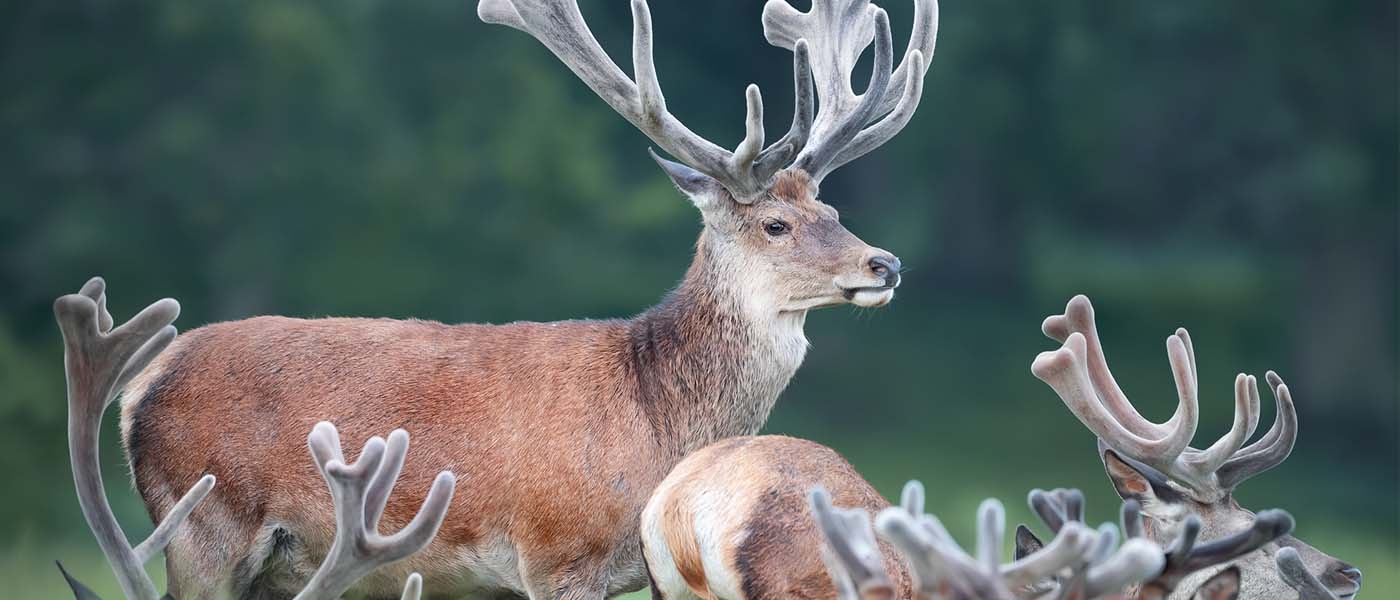
The removal of velvet antler from farmed stags is justifiable for both human and animal safety as well as for economic reasons, but it must be performed with all due regard for animal welfare. If a working crush is not available, then this often requires the stags to be given a chemical restraint (sedative) by the attending veterinarian for the purpose of carrying out the procedure safely.
With these procedures come inherent risks, and while every precaution is taken to minimise them while under veterinary care, they cannot be fully eliminated. Deaths which are often unexplained may occur within minutes of sedation or several hours later. Stags are often found dead by the client the next day, having died overnight. Sadly, this may be considered an expected annual hazard and statistic across New Zealand and may be a consequence of inadequate post-velvet monitoring.
Veterinary practices have indemnity insurance which covers them for negligent procedures (malpractice). Stag death post-velveting is not considered an event due to negligence by the insurers but rather as an unavoidable infrequent occurrence related to velveting.
The procedure of velveting puts the stags into a state of physiological stress which, when combined with the negative effects of the sedation, can make it very difficult to prevent or predict stag losses. We must therefore endeavour to reduce the stressors present as best as we possibly can.
We are limited with the drugs available and licensed for use in deer, and we are restricted to products which contain xylazine alone or in combination (for use when more reliable immobilization is required, often due to stag temperament). While being cost effective and relatively safe for use in deer, xylazine is known to lower the stag’s blood pressure and the uptake of oxygen in the lungs, so it is important to use it judiciously and to understand the risks/complications involved. Sporadically we see deaths relating to the use of this drug up to 48hrs after injection.
A small portion of stags may have an allergic hypersensitivity reaction to xylazine resulting in death, usually within the 24hrs following sedation. This reaction can be more common within certain breeding lines (or farms). Every attempt should be made to determine the cause – a post-mortem examination including tissue histology should always be carried out.
While the calculated dose to give is based around liveweight estimations, some stags because of temperament require a “top-up” dose. While one top-up may be acceptable, stags that still have not responded after the second dose should be left and velveted another day in order to avoid risks associated with overdosing.
Stags are to be released quietly to their observation paddock with adequate shelter, shade and water. Paddock position should allow for easy re-yarding if required.
Stags are to be monitored closely for 48hrs.
Any concerns and the vet must be contacted immediately. These include:
Special caution is necessary for late-season procedures – there is an exponential increase in the anesthetic risk when using xylazine sedation for tasks such as full head velvet removal, trophy antler measuring or ear tag removal, and these should be avoided whenever possible.
There is an increased risk of bleeding and muscle damage leading to ‘rye-neck’, and drug doses often need to be increased when dealing with stags close to the mating season.
Post-rut needs to be treated similarly, as this is when the stags have been in a catabolic state for an extended period and present with altered drug profiles and responses. Therefore, velveting procedures should be delayed until the stag has regained condition.
In cases where veterinary practices have indemnity insurance, this covers them for negligent procedures (malpractice) only. Stag death post-velveting is not considered an event due to negligence but rather as an unavoidable infrequent occurrence related to velveting.
So, in summary, despite the very best intentions and care, stag deaths may still occur. The risks will be minimised with strict adherence to best practice procedures detailed above, but despite the best intentions of all parties, some stags will still die.